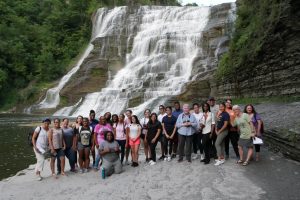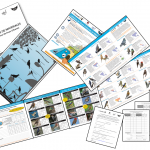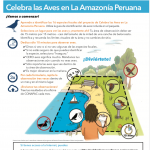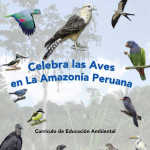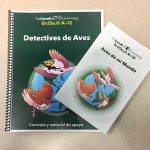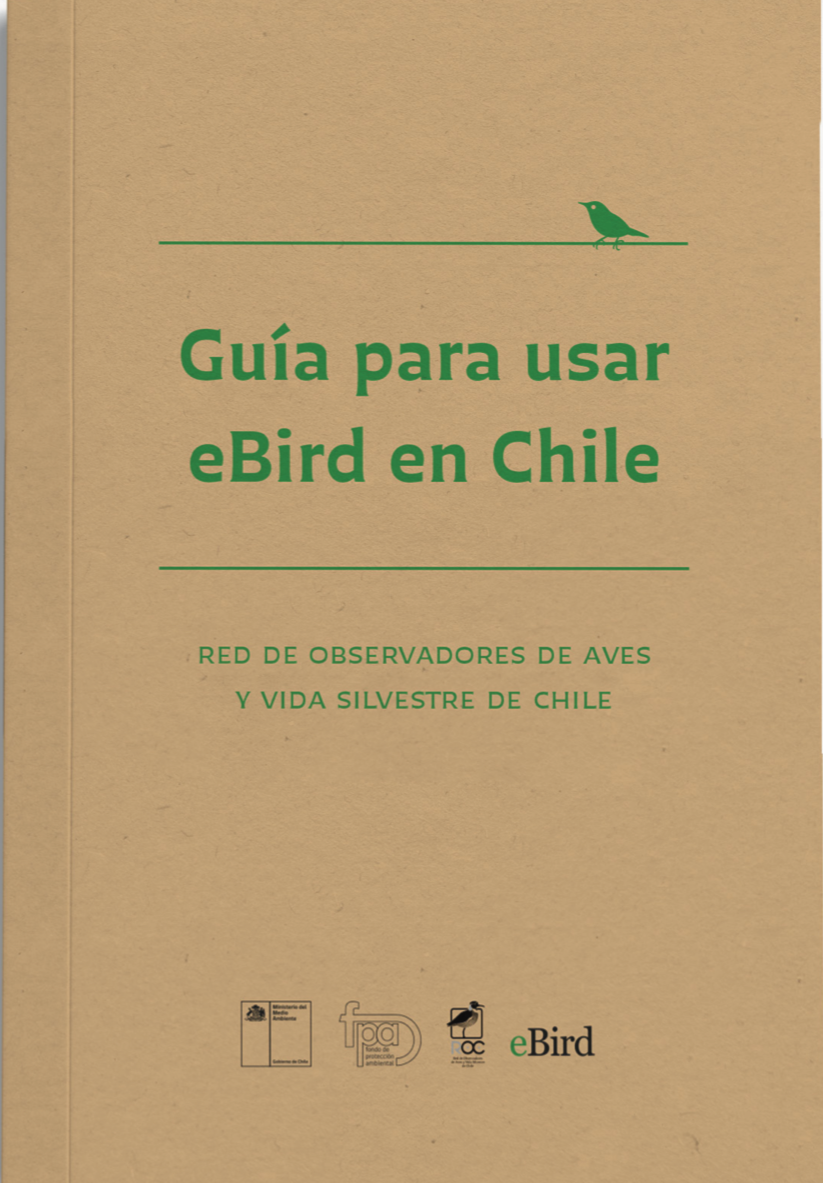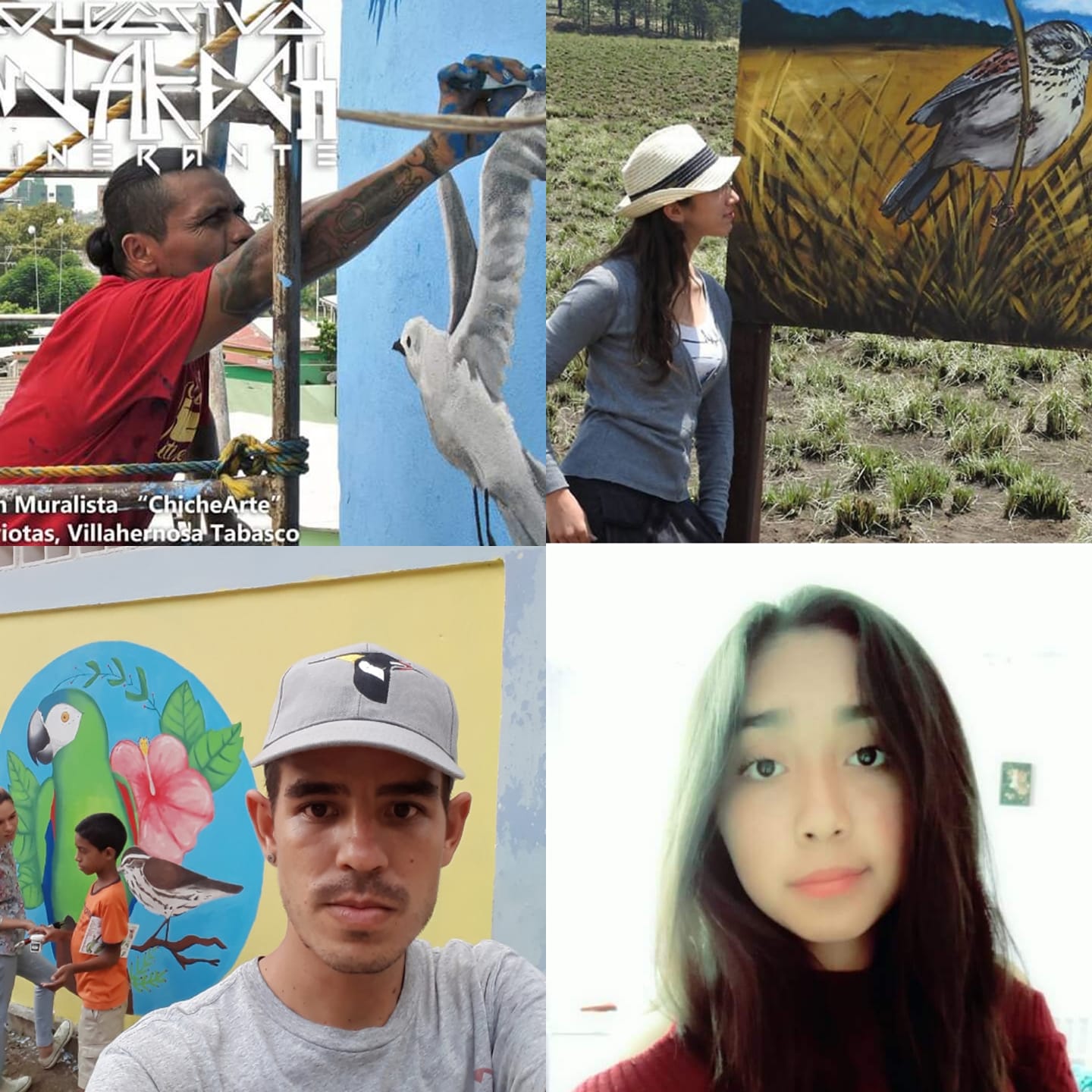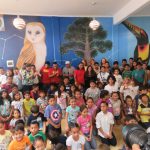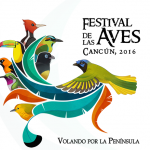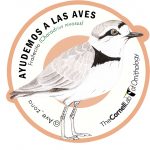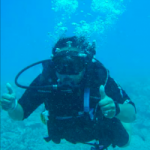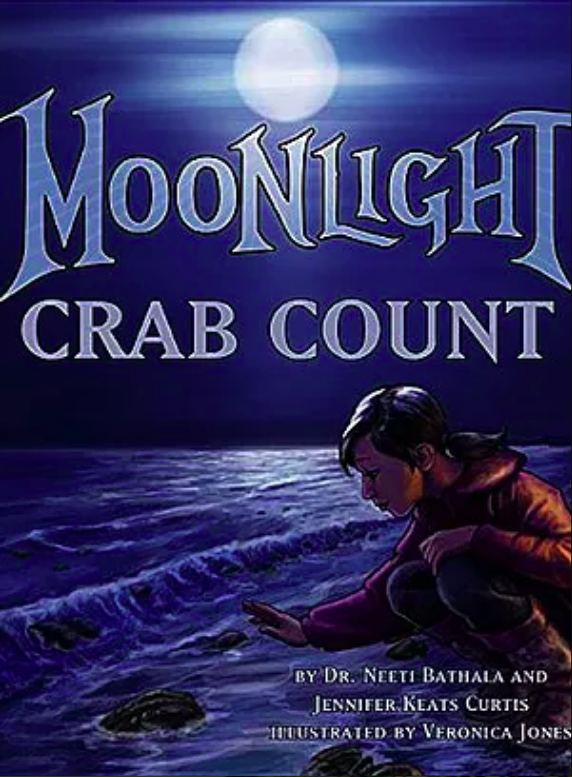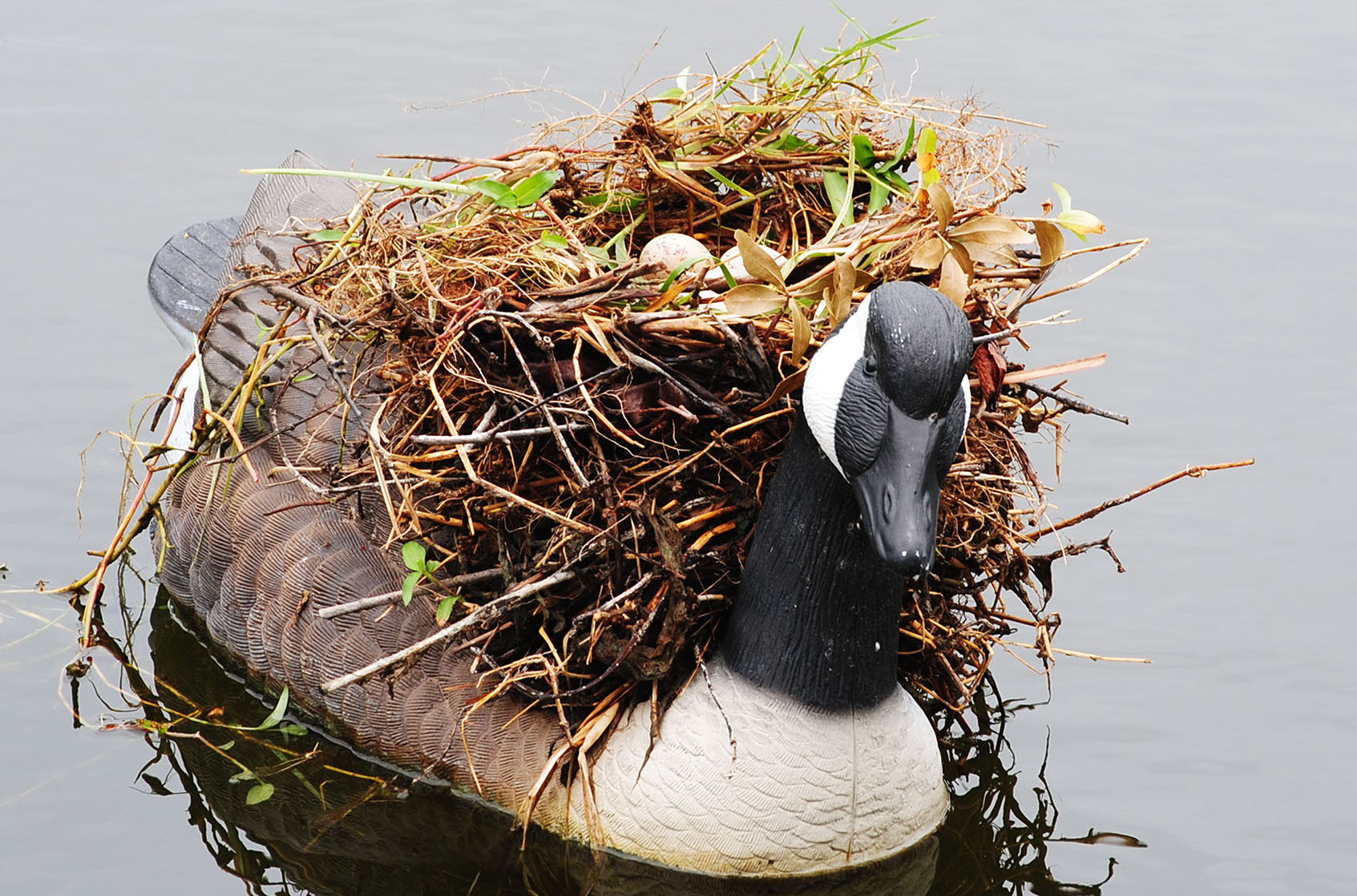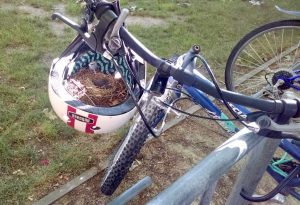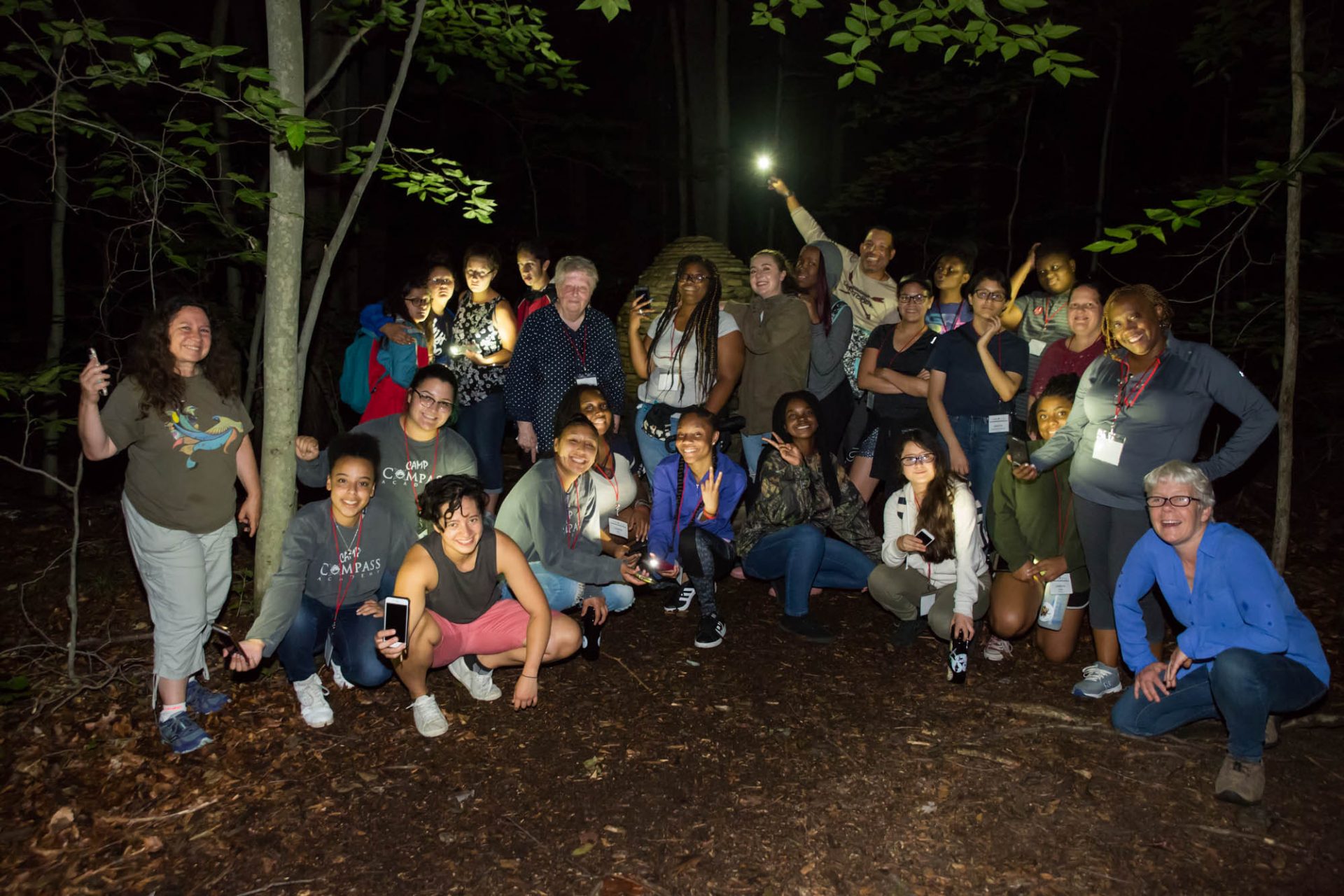 Photo ©
Marilu Lopez Fretts
Photo ©
Marilu Lopez Fretts
Thanks to the support of Thomas Cade Funds, 23 participants were awarded scholarships to attend a two day intensive workshop, titled Birds, Careers and Conservation. The program took place on August 7th and 8th, 2018 and was hosted by the Celebrate Urban Birds program at Cornell Lab of Ornithology. The aim of this annual program is to bring youth from underserved communities that are not represented in the sciences to learn more about research here at the Cornell Lab of Ornithology.
Outstanding youth from across the United States are selected to attend each year based on their interest in learning about careers in science and conservation with the goal of positively impacting their communities. During the workshop participants (aged between 14-21 years of age) learn about Cornell, explore the values of participatory science, critical thinking, art, conservation, and paths to higher education.
During the two-day workshop staff from seven departments at the Cornell Lab shared their expertise and time. The students participated in activities such as bird banding, nature journaling, nature walks and specimen illustration.
Scientists at the lab spoke about their fields of research such as participatory approaches to conservation, bioacoustics and citizen science projects. They toured and actively used the Macaulay Library and learned about scientific illustration at the Museum of Vertebrates. The participants had many opportunities to have their questions answered and to interact with all equipment and resources available at the lab.
In addition to being immersed in the work being done here, the students and chaperones visited the Cornell campus and participated in sessions where they created action plans for their future. Our goal was to help these young aspiring leaders to see themselves in the field of science and conservation.
2018 Birds, Careers and Conservation Youth Workshop from Celebrate Urban Birds on Vimeo.
It was clear that the students learned so much from the experience.
“Thank you so much for this wonderful experience. Your lab is truly amazing and it was an honor to be there. Not only did our knowledge grow but so did our respect for birds.” – Participant
“Thank you so much for the the amazing opportunity. It was such a pleasure to even be invited to Cornell. We all had such a great time and learned so much! I didn’t know birds could be so interesting. Thanks again!” – Participant
“..it has been such a fantastic opportunity to meet all of the incredible and smart individuals at the Lab….” – Participant
Celebrate Urban Birds workshops would not be possible without the help of staff from every department of the Cornell Lab and we are enormously thankful to all participants, chaperones, and presenters.
We are looking forward to our next Birds, Careers and Conservation Workshop in November 2018!
